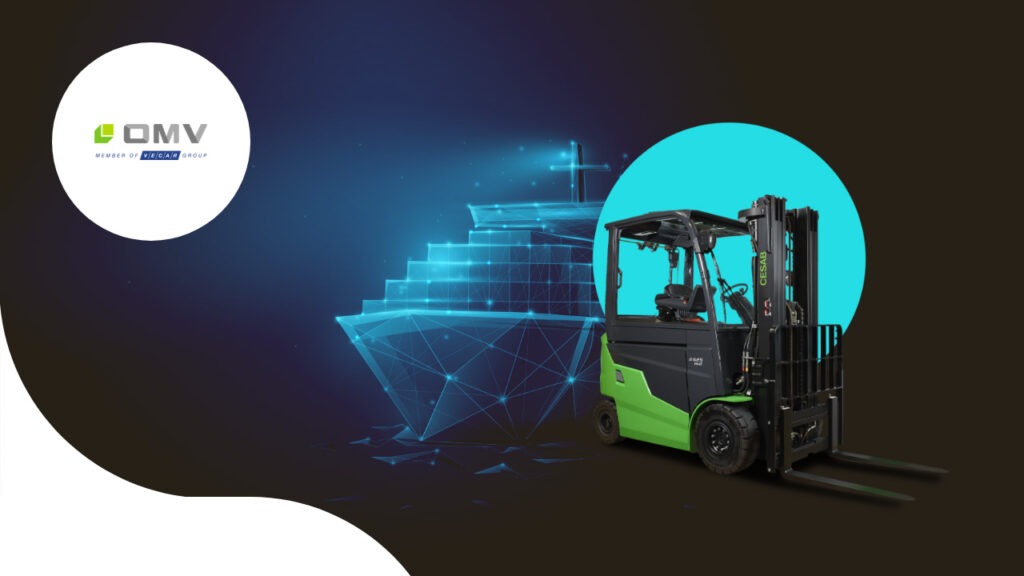ROZMOWY O CYBERBEZPIECZEŃSTWIE
Bezpieczny dostęp i nowoczesne
podejście do sieci
Co zrobić, aby praca zdalna była bezpieczna?
Bezpieczny dostęp i nowoczesne
podejście do sieci
Co zrobić, aby praca zdalna była bezpieczna?
Are you looking for ways to improve your organization’s communication and achieve your business goals? Read on to see how Davines, an Italian cosmetic company, overcame communication challenges and implemented efficient tools.

In today’s competitive business landscape, small companies must optimize their resources and operations to achieve business goals effectively. Efficient IT communication is a critical aspect that significantly impacts productivity and time management. This business case outlines the challenges faced by Davines, an Italian cosmetic company, in their communication processes and the benefits of implementing efficient IT communication solutions.
Davines, founded in 1983, specializes in producing and selling hair, face, and body care products. Their Polish division comprises approximately 25 staff members, primarily sales representatives and brand ambassadors who regularly travel across Poland and other countries, including Italy.
Davines encountered several communication challenges that hindered their efficiency and productivity. They required a system that would allow multiple people to work on documents simultaneously while synchronizing changes across devices. Additionally, our customer needed to synchronize email messages across different devices and maintain shared address books with automatic updates. The company also sought a standardized format for messages and signatures to simplify the management of marketing campaigns. Unifying the format of product databases and ensuring easy accessibility for employees were also key objectives.
Implementing efficient IT communication solutions was crucial to streamlining communication processes, saving time, and enhancing overall
business performance for Davines. By utilizing an integrated suite of applications, the company aimed to centralize communication, enhance collaboration, and automate repetitive tasks, allowing employees to focus on their core responsibilities and drive business growth.
To address the need for standardization and improved accessibility of internal communication tools, we recommended the adoption of the Microsoft 365 environment. In order to support the client’s decision-making process, we proposed conducting a Microsoft 365 license trial during the pilot development phase. The trial aimed to showcase how Microsoft 365 tools could address Davines’ unique problems and expectations.
Initially, the client had concerns about the compatibility of Microsoft 365 with their specific needs, based on previous experiences with other
cloud solutions. However, by allowing the customer to test the solution before making any decisions, we successfully tailored the products
and configuration of Microsoft 365 to support the client’s business requirements. These efforts aimed to address their concerns and showcase
the potential benefits of the platform.
During the trial, the functionality of Microsoft 365 tools, including email, file sharing, and the communicator, was demonstrated to several individuals from different departments with diverse specifications. Furthermore, a workshop was conducted to provide hands-on training
on device configuration, application installation, and the usage of Microsoft 365 tools.
After the workshop, our client conducted a testing phase with the full support of our team. Any questions or concerns that arose during this phase were promptly addressed to ensure a smooth testing experience. The testing phase allowed the client to familiarize themselves with the tools, understand their operation, and test them in practice.
This approach enabled the client to make an informed decision on implementing Microsoft 365 tools based on specific results
and feedback from users, increasing the chances of successful implementation and effective use of the tools. A final session was scheduled to discuss the client’s impressions and address any additional questions or concerns.
Following the successful testing phase, the implementation process was initiated. Microsoft Teams, a collaboration platform, was configured to facilitate communication and teamwork. SharePoint and OneDrive were implemented as platforms for storing and sharing files, ensuring easy accessibility and collaboration across the organization.
The Multi-Factor Authenticator was integrated to enhance email security and protect against spam and ransomware attacks. Additionally, the Code2 Email Signature solution was implemented to streamline the deployment and management of marketing campaigns via emails.

By implementing efficient IT communication solutions and leveraging the Microsoft 365 platform, Davines successfully addressed their communication challenges, streamlined processes, and achieved their business goals more effectively. The pilot development phase allowed
the client to make an informed decision based on real-world testing and user feedback, increasing the chances of successful implementation.
The integration of Microsoft Teams, SharePoint, OneDrive, Multi-Factor Authenticator, and Code2 Email Signature solution enabled enhanced collaboration, streamlined processes, improved security, and efficient marketing campaigns, ultimately driving business growth and success.
“Cloudica’s expertise in implementing the Microsoft 365 environment has had a transformative impact on our organization. Their tailored approach and guidance throughout the testing process were instrumental in achieving streamlined communication and improved efficiency. With their expert configuration of Microsoft Teams, SharePoint, and OneDrive, we experienced a significant boost in productivity and collaboration. Cloudica’s valuable contribution has proven them to be a trusted partner in optimizing our communication infrastructure.”
Tomasz Gałka, Davines
Ready to meet the only technology partner you'll ever need?
Case Study
Tenant-to-Tenant Migration for CDQ: Empowering Business Growth in the Cloud

Case Study
Comprehensive Infrastructure and Security Assessment for Efficient Business Operations and Expansion


Once the above questions have been answered, a disaster recovery and backup readiness index can be calculated based on the following scale:
The disaster recovery and backup readiness index can be calculated by assigning a score of 1-5 to each question based on the level of readiness demonstrated. The scores are then averaged across all questions in each category to determine the readiness level for that category. The overall disaster recovery and backup readiness index is calculated by averaging the readiness levels across all categories.
Level 1: Basic
You have minimal cybersecurity processes in place and face a high risk of cyberattacks. Immediate attention and significant improvements are necessary to enhance your security posture.
Level 2: Developing
You have some cybersecurity processes in place but require substantial improvements to reach a mature state. You should focus on strengthening your policies, procedures, and security controls.
Level 3: Mature
You have a solid cybersecurity posture, but there is still room for improvement. You should continue enhancing your processes, monitoring capabilities, and incident response practices.
Level 4: Advanced
You have a strong cybersecurity posture and are well-prepared to address potential threats. However, you should remain proactive and stay abreast of emerging threats and technologies to maintain your advanced level of security.
Level 5: Leading
You have a comprehensive and mature approach to cybersecurity. You are a leader in cybersecurity best practices and continually innovate to stay ahead of evolving threats.
Link do webinaru otrzymają Państwo mailowo dzień przed spotkaniem.
To download our e-book „The best way to Outsource IT Staff” click button below